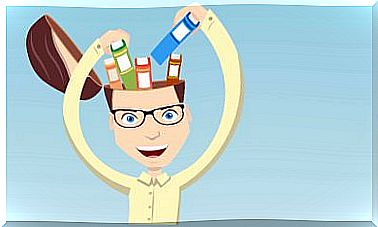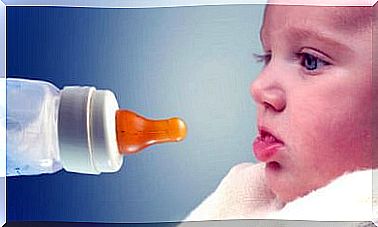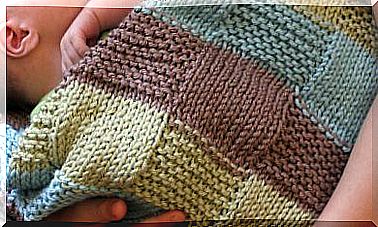Learning Problems In Adolescence

Learning problems have been defined as disorders in one or more basic psychological processes related to the understanding or use of language. These are:
- Dyslexia: difficulty reading or spelling
- Dysgraphia: inability to write correctly
- Dyscalculia – Difficulty performing mathematical calculations
More broadly, attention deficit hyperactivity disorder and some general developmental disorders such as autism or Asperger’s syndrome are also considered learning disabilities. Next we will see some elements to know what are the main learning problems in adolescence.
Dyslexia, digraphy and dyscalculia
They are more common specific learning problems in adolescence. These disorders are the most common cause of poor performance and school dropout. And in some cases they also involve emotional disturbances.
Dyslexia is a disorder whose main characteristic is the difficulty in the learning process and the consolidation of reading and writing. The cause of this condition has not been determined, but its manifestations can be present even in adulthood. Children and teens with dyslexia have trouble matching a letter to a phoneme. They also have difficulties integrating and applying grammar and spelling rules.

Dysgraphia is closely related to dyslexia, but the difference is that it specifically affects writing. This disorder results in a difficulty to write the perceived sounds correctly.
Finally, dyscalculia is a learning disorder that manifests itself as a difficulty in math skills.
Attention deficit hyperactivity disorder
Attention deficit hyperactivity disorder (ADHD) is a neurobiological disorder that originates in childhood. This disorder is characterized by a pattern of attention deficit, hyperactivity, and impulsivity. It is often associated with other conduct disorders, mainly in adolescence.
This situation can occur in conjunction with Oppositional Defiant Disorder, Anxiety Disorder, or Mood Disorder.
Not all children and adolescents with this disorder have the same symptoms. In some cases, inattention predominates (mainly in girls and female adolescents), while in others, hyperactivity and impulsivity may be predominantly present. Sometimes all three symptoms are manifested in combination.

In any of these situations, the aforementioned symptoms have a direct impact on adolescents’ capacity for school learning and concentration. They also generate greater social anxiety and insecurity.
Adolescence is a very complicated transition period in which the child begins to make important decisions for his future and to become more independent. All these demands of the environment can cause ADHD to affect them in a significant way and create difficulties for them.
Main causes of learning problems in adolescence
All learning disabilities in adolescence have one thing in common: they are the product of a processing disorder in one or more parts of the brain. Its presence can be detected by studies that use images to observe the functioning of the brain.
However, these disorders are much more than abnormalities visible on diagnostic tests. And they generally transcend well beyond the classroom, significantly affecting other areas of the daily lives of adolescents and their families.
In addition to affecting learning, these disorders often affect young people’s social skills and emotional condition. Therefore, it requires attention from parents and teachers.
It is essential to diagnose and treat learning disabilities in adolescence. Otherwise, the adolescent will not only suffer with schoolwork that will become a real torture for him, but will also isolate himself and feel rejection from his peers, which can lead to serious problems of anxiety and depression.










